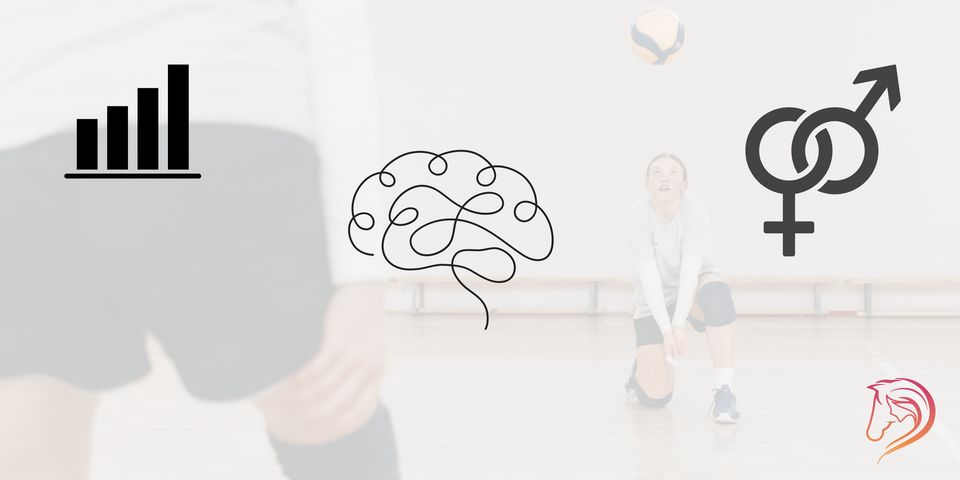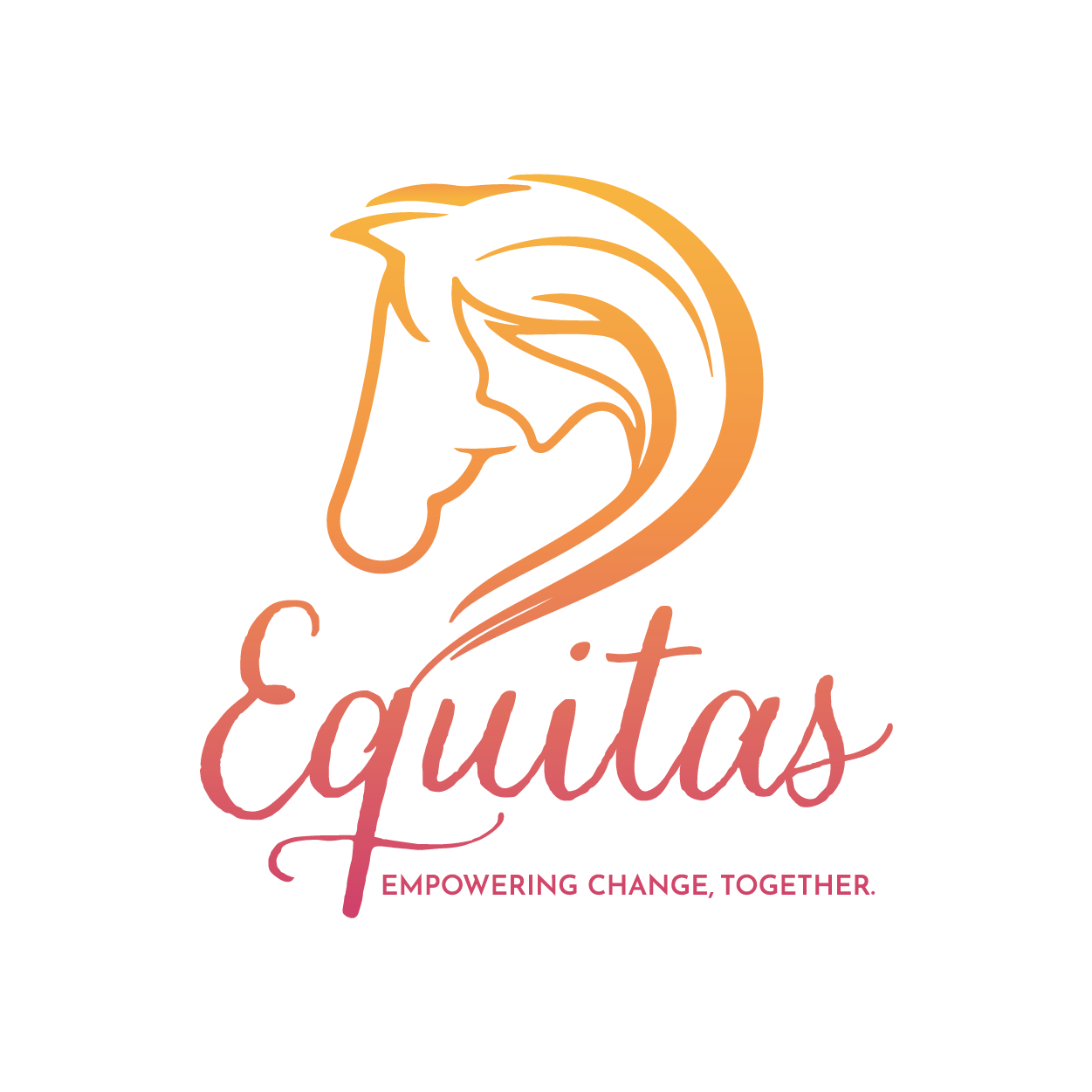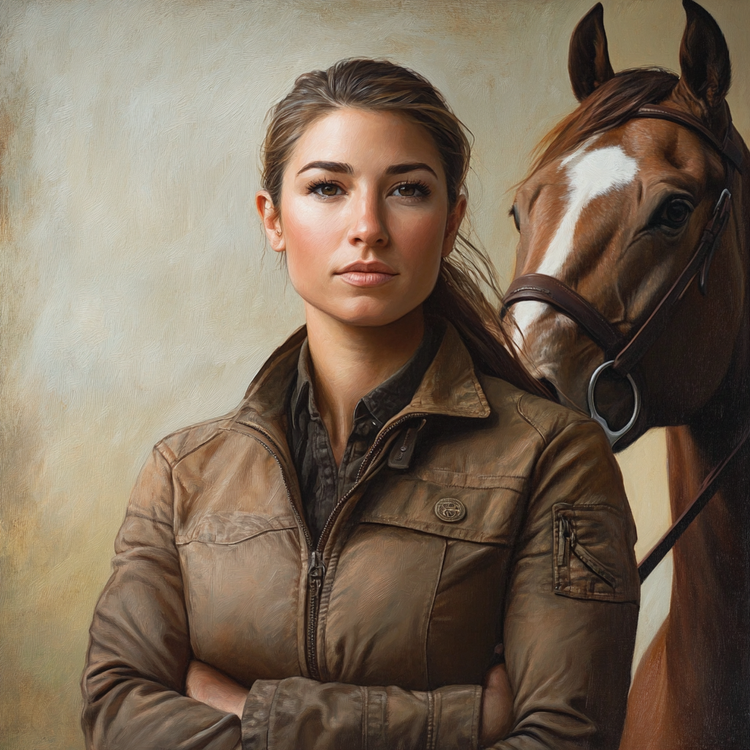Brains, Breeches, and Barriers: What the Gender Gap in Focus Really Looks Like

Let’s get one thing straight from the outset: men and women are equally capable, but their brains do function differently. That’s not an insult—it’s neuroscience. The issue isn’t whether one is better than the other, it’s about whether environments allow those differences to thrive. And that’s where the problem often lies.
Hardwired or Boxed In?
According to research from the University of Pennsylvania, male brains show more intra-hemispheric connectivity—essentially better back-to-front coordination, aiding spatial skills and focused, goal-oriented behaviour. Female brains, by contrast, exhibit more inter-hemispheric connectivity—meaning stronger connections between the left and right sides of the brain. This has been linked to superior multitasking, social cognition, and intuitive thinking.
But here’s the twist: is multitasking actually serving us well?
A 2023 study from the Journal of Neuroscience found that constant multitasking is associated with reduced attention span and increased mental fatigue—especially in women. While the brain may be wired to juggle more, the cost of that mental juggling act often shows up as scattered focus and burnout.
And this brings us to the playing field. Literally.
From Skorts to Shorts: Distractions in Sport
In Ireland, the Camogie Association’s refusal to allow female players to swap skorts for shorts isn’t just about clothing—it’s about performance. Camogie players have voiced loud and clear that skorts are uncomfortable, impractical, and worst of all—distracting. Just like white jodhpurs in equestrian sports, or the all-white uniform rules once held at Wimbledon, this isn’t tradition. This is a barrier.
We already know that 70% of teenage girls avoid sport during menstruation (Women in Sport, UK), and 76.5% of Australian women avoid it out of fear of leaking (Share the Dignity, 2024). If skorts ride up, jodhpurs cause stress, or uniforms make girls self-conscious, how are they meant to focus?
We talk about women's brains being multitaskers, but ask yourself: how much cognitive load are we adding by forcing female athletes to manage discomfort while trying to compete?
"This isn’t tradition. This is a barrier."
Performance and Presence
Elite athletes speak often about the concept of "flow state"—a state of deep, uninterrupted focus where performance peaks. It's hard enough to reach that level under normal conditions, never mind when you're worried about your shorts riding up mid-strike or period anxiety on a white seat.
Focus is finite. When part of your brain is dedicated to "what am I wearing and who’s looking", it’s not available for "where’s the ball" or "what’s my line into the double".
Leadership is the same. Women often lead with empathy, collaboration, and vision—but when they’re also thinking about appearance, perception, and whether they’re being “too soft” or “too much”, it dilutes their power. Not their capability, but their clarity. This isn’t a flaw in women—it’s a flaw in the systems we expect them to perform in.
When the Rules Get in the Way
At Equitas, we’ve seen firsthand how small barriers create big exits. Our “Why Can’t We?” campaign uncovered that something as seemingly minor as breeches colour can determine whether a young woman feels confident enough to compete. When Eventing Ireland responded to our members and allowed dark breeches from January 2024, it wasn’t just a wardrobe change. It was a policy shift toward performance over tradition.
Thought, Not Division
This isn’t about criticising men or upholding women as "better". It’s about understanding the environment we’ve created, and whether it’s allowing both male and female athletes and leaders to bring their best selves to the table—or the pitch, or the arena.
Because if the female brain is wired to multitask, let’s not flood it with distractions it didn’t ask for. Let’s simplify where we can—uniforms, expectations, unconscious bias—so focus can flourish.
Maybe the most important question we can ask right now isn’t “what’s the difference between male and female brains?”
It’s “why are we designing systems that only favour one type?”
Stay Sound,
Sarah x



